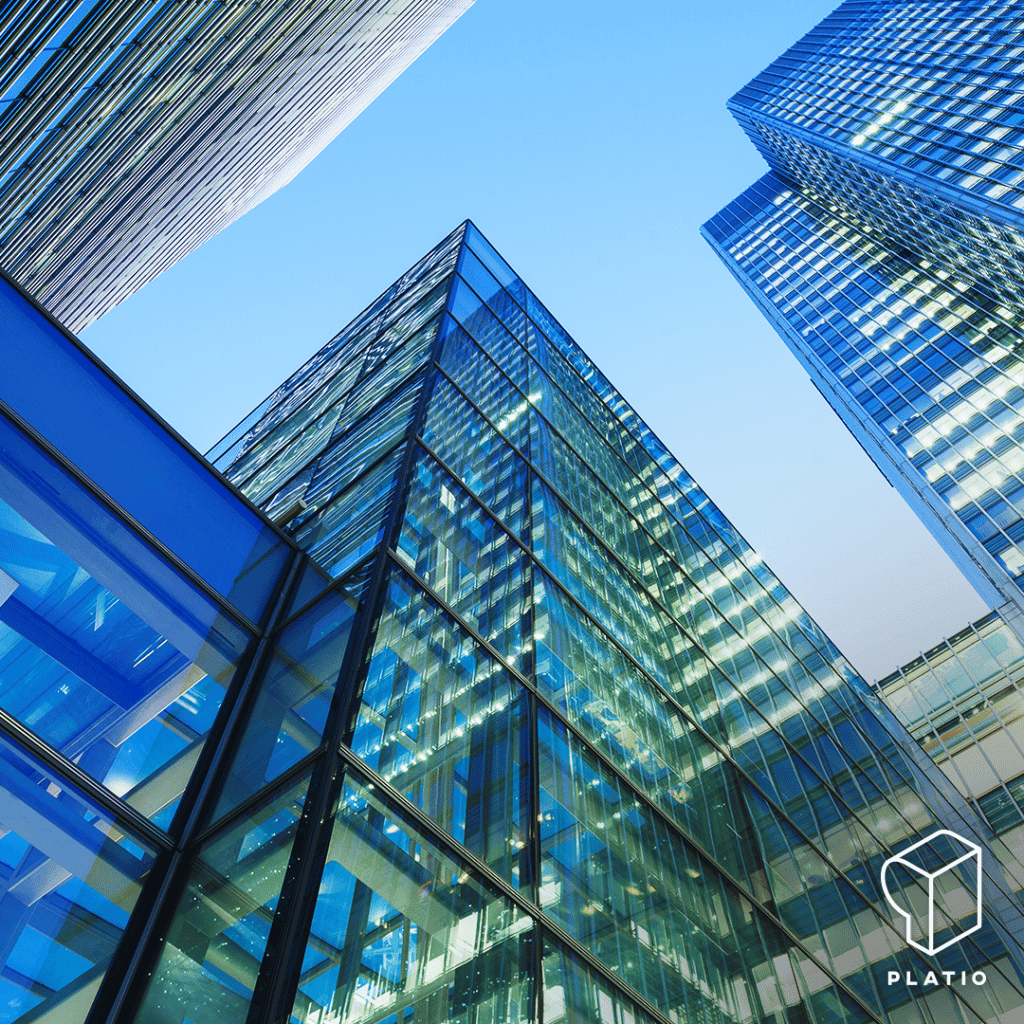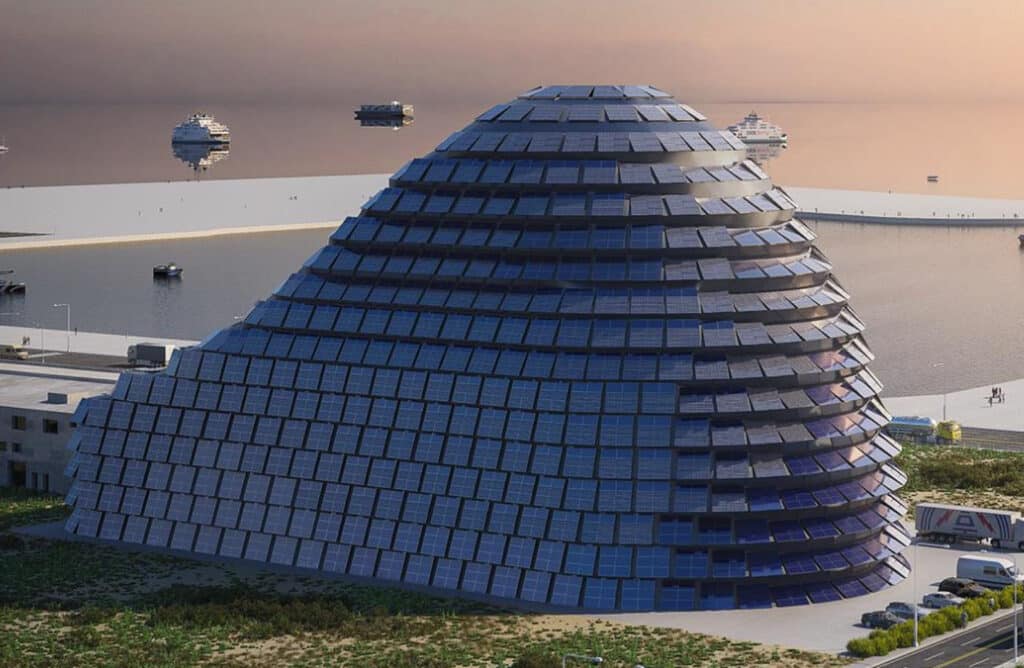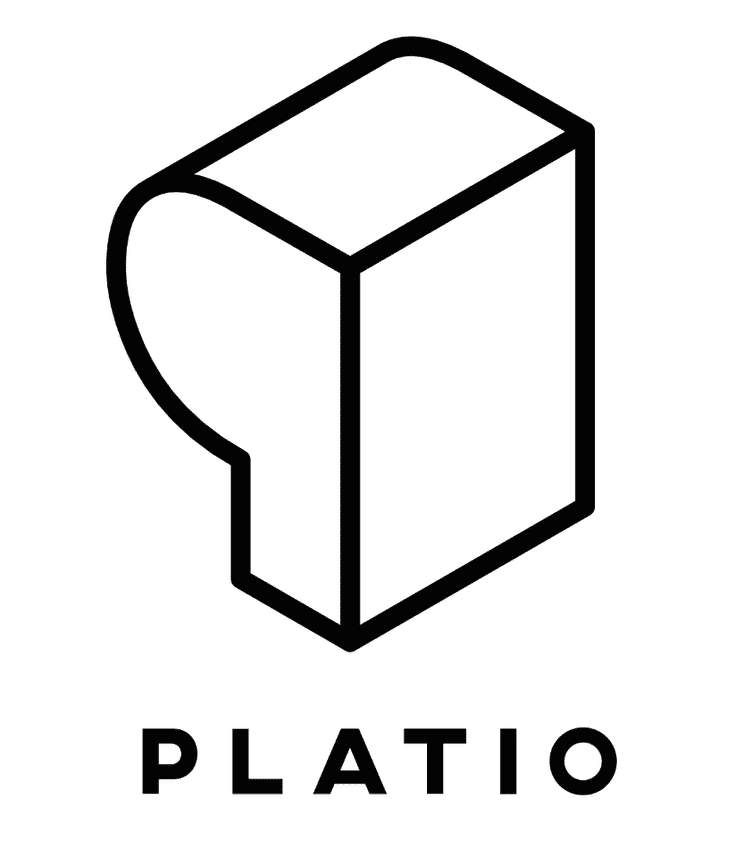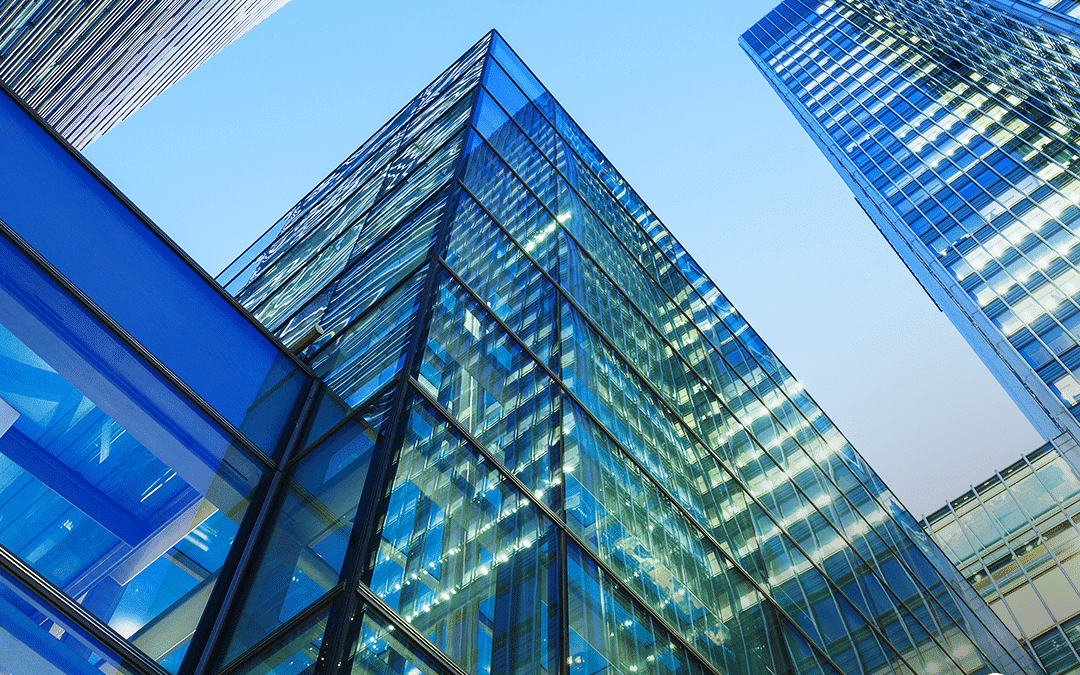We have come to expect the photovoltaic market to be extremely innovative, with new, bigger, more powerful, more sophisticated solar cells and solar solutions coming out almost every month. Experts believe that from 2022 onwards, a new era will begin in the global solar market, with BIPV solutions becoming very popular in both the residential and commercial segments. This could lead to a complete revival not only of the solar industry, but also of the construction and architecture industry.
But what exactly is BIPV?
BIPV is an acronym for Building-Integrated PhotoVoltaics, which stands for photovoltaic systems integrated into buildings. In the classical sense, these are systems that are built into buildings or their surroundings as facades, ground coverings, roofs, or even windows, instead of conventional building materials. This may sound futuristic to many at first, but it is the present and the potential for both the residential and commercial sectors to use them is now a reality.
This innovative solution is already widely used in newly designed and built hotels, office buildings, or shopping centers, as it gives a modern look and a smart solution to the building while ensuring that the energy needs of the building are covered in a green way. One of the main advantages of BIPV solutions is, therefore, in addition to being environmentally friendly, that they also meet the highest aesthetic standards.
Built-in photovoltaic technology is not only a privilege for new buildings! Solar building materials can also be easily integrated during renovation. It is important to point out, that some manufacturers and construction companies distinguish between new build (BIPV) and retrofit (BAPV) building materials. However, the different designation results in the same outcome for a building: aesthetic appearance + green energy production.
However, as with all new technologies, building-integrated solar systems have higher upfront costs. BIPV has one major advantage over conventional photovoltaic systems, which are still more common today. This is because the initial cost increase can be compensated by the absence of building material costs and the duplicated work that would be spent on the construction and cladding of the part of the building replaced by BIPV modules.

Image: PLATIO
In addition, building intergrated solar panels allow a wider range of use, thanks to their manufacturing technology and their aesthetic role in buildings.
A new trend in the construction industry – solar panels integrated into the building
The construction industry is no longer about monotony, template buildings, and boring looks, but rather about attracting attention, uniqueness, and innovation. Photovoltaic technology is now playing an important role in this trend, with some segments of this technology also giving buildings a pleasing aesthetic appearance. Architects are also keen on using these innovative green solutions to meet increasingly stringent environmental requirements and sustainable smart urban conditions.

The Sun Rock building. Image: MVRD
And BIPV technology offers the possibility to give certain parts of a building – be it the roof, the façade or the flooring – a distinctive appearance, while at the same time meeting some or all of the energy needs of the activities in the building with solar panels “embedded” in the building or building materials.
In several cities, BIPV technology has already reached the stage where thousands of square meters of surfaces and even entire buildings are covered with solar building materials. Examples include The Sun Rock building in Taiwan or the DEWA R&D center in Dubai.
Researchers predict that the building-integrated solar segment will accelerate significantly from 2022, both in terms of the number of buildings using the technology and the number of architectural solutions and products available. In addition, BIPV has long been an area of research where a wide range of thin-film technologies could shine. In fact, today, competition with traditional crystalline silicon rivals in terms of performance and production efficiency is becoming increasingly fierce.
BIPV solutions accounted for only 1% of the global PV market in 2018, but since then the business has seen dynamic growth. The global building-integrated PV market was already worth USD 14.0 billion in 2020 and is forecast to reach USD 86.7 billion by 2030, representing a CAGR of 20.1% between 2021 and 2030. The extraordinary growth rate is also demonstrated in the table below, which summarises regional statistics for the last 7 years:
BIPV installed capacity by region 2014-2020 (MW)
| Region/Country | 2014 | 2015 | 2016 | 2017 | 2018 | 2019 | 2020 | CAGR (%) |
| Asia and Oceania | 300 | 492 | 772 | 1159 | 1672 | 2329 | 3134 | 47.8 |
| Europe | 650 | 967 | 1441 | 2103 | 2929 | 3807 | 4838 | 39.7 |
| USA | 319 | 476 | 675 | 917 | 1200 | 1491 | 1766 | 33.0 |
| Canada | 42 | 61 | 86 | 119 | 157 | 190 | 228 | 32.6 |
| Japan | 143 | 201 | 268 | 349 | 434 | 520 | 612 | 27.5 |
| Other countries | 81 | 125 | 184 | 263 | 355 | 451 | 561 | 37.9 |
| Total (GW) | 1.5 | 2.3 | 3.4 | 4.9 | 6.7 | 8.8 | 11.1 |
Furthermore, considering that the mostly thin-film semiconductors can also be applied to flexible surfaces, the world of curved surfaces and roofs is clearly opening up. In other words, energy can be generated in places where the installation of a conventional solar panel would spoil the aesthetic experience.
Furthermore, considering that the mostly thin-film semiconductors can also be applied to flexible surfaces, the world of curved surfaces and roofs is clearly opening up. In other words, energy can be generated in places where the installation of a conventional solar panel would spoil the aesthetic experience.
With BIPV applications becoming increasingly popular and providing a variety of solutions, the International Energy Agency’s Photovoltaic Power Systems (IEA PVPS) expert group has also produced a report to standardize developments in different regions, as these products can be both a building material and an energy generator. The document is entitled Categorization of BIPV applications and is available on the IEA PVPS website
The construction industry has a very important role to play in sustainable development and in shaping the future. This is why a commitment to conscious building methods and the use of green building materials is becoming essential to pass on a cleaner and more liveable environment to the next generation. As a result of the above, BIPV technology could become one of the most dynamically developing segments of the photovoltaic industry soon, and we will see more and more buildings with some kind of integrated photovoltaic system as a smart solution.
The good news is that it is not necessary to travel overseas for the technology, as PLATIO Solar’s innovative, environmentally friendly product, the solar paver, is available in Hungary. A more detailed presentation of our solar pavers will be covered in our next article, so keep following us on our website and online media.


Recent Comments